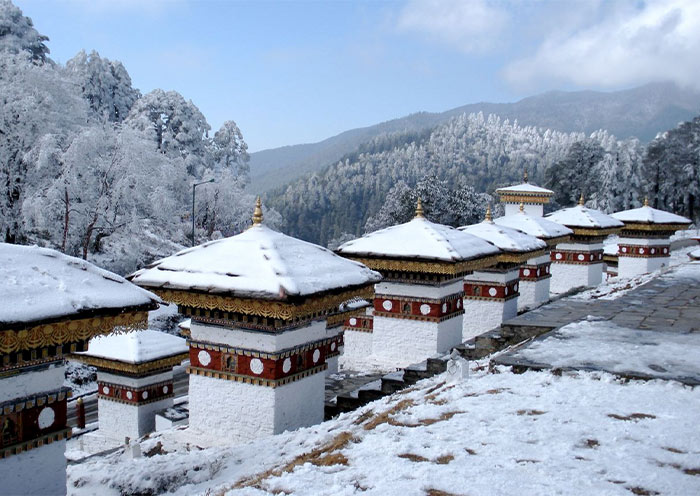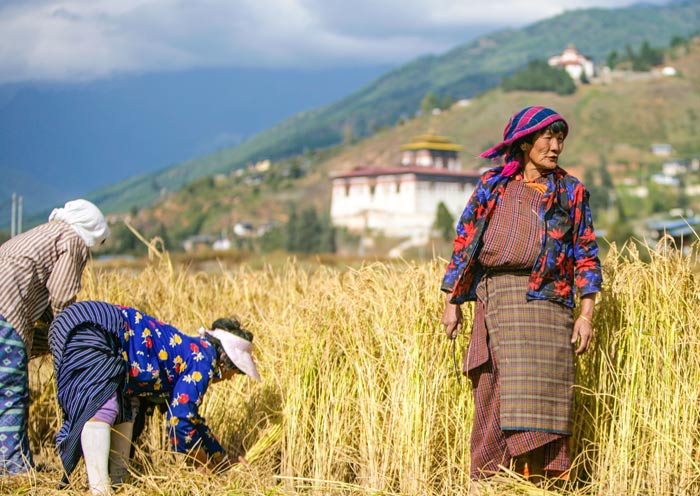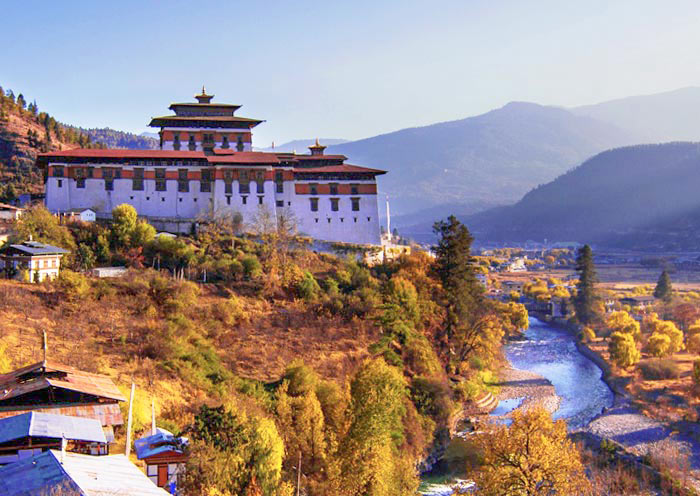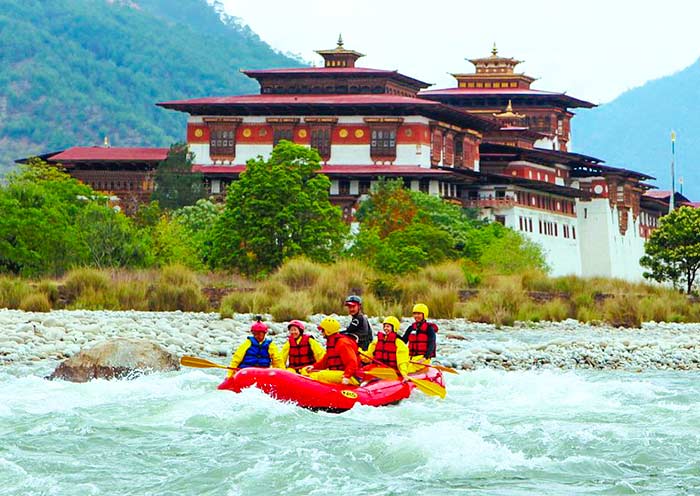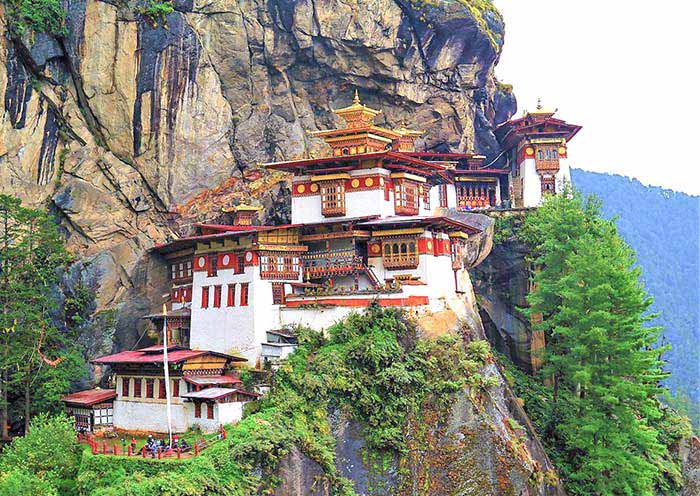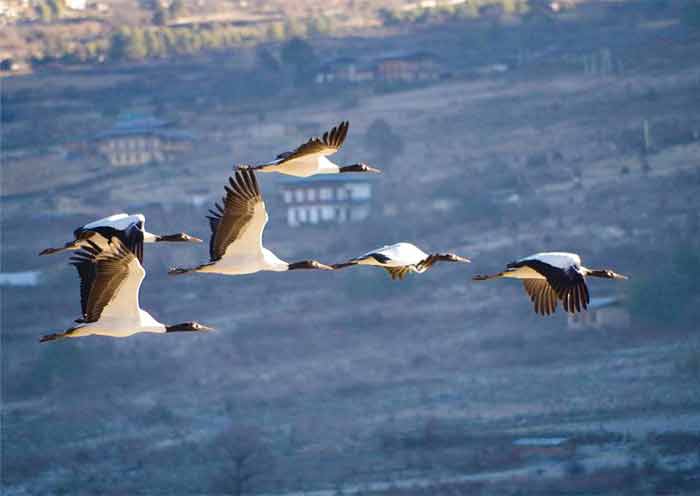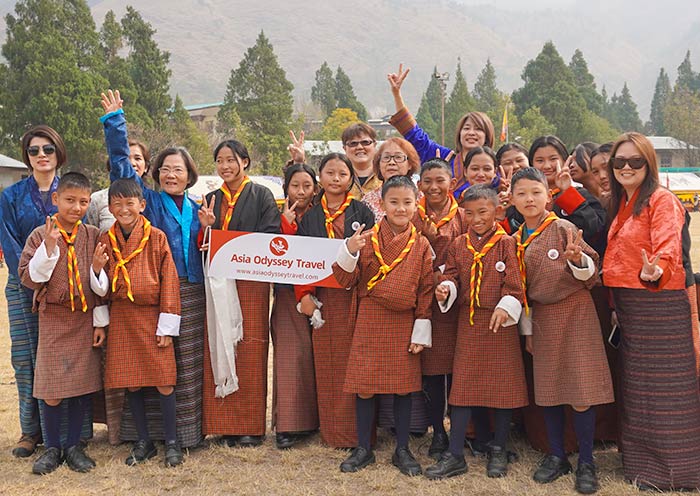Best Time to Visit Bhutan: March–May & September–November
Wondering when to go? The best time to visit Bhutan is during spring (March to May) and autumn (September to November) — the kingdom’s most inviting seasons. These periods offer ideal weather, blooming nature or crystal-clear skies, and an atmosphere perfect for both adventure and cultural immersion.
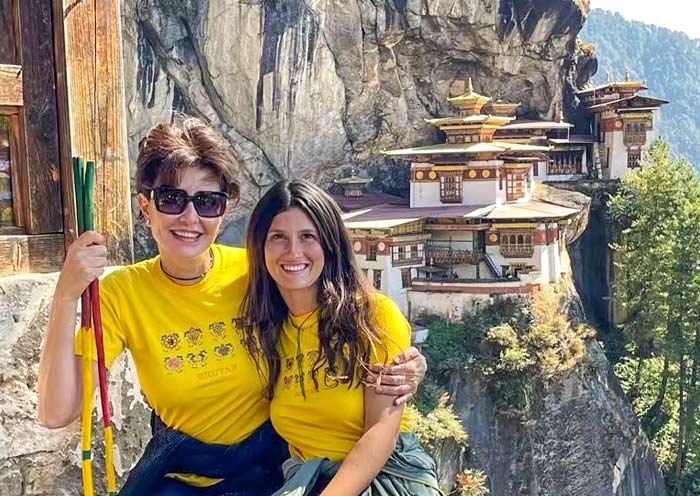
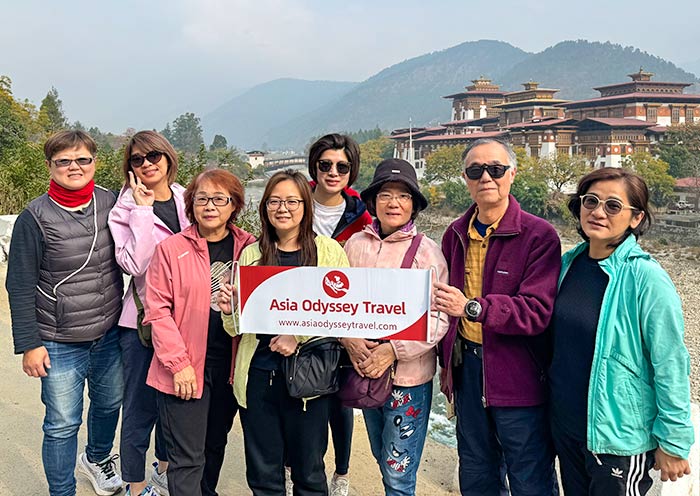
Why These Months?
You’ll enjoy temperatures between 15–25°C, sunny days, and clear mountain views — just right for exploring monasteries, trekking forest trails, or soaking up Bhutan’s peaceful vibe. The air is clean, the countryside is alive, and you’ll catch some of the most spectacular festivals in the country.
- Spring: Think flower-covered valleys and mild warmth.
- Autumn: Expect golden fields, blue skies, and postcard-perfect Himalayan peaks.
No matter what kind of traveler you are — first-timer, family, couple, or trekker — these two seasons are when Bhutan truly shines.
Best Time to Visit Bhutan with Family
For families, Bhutan is best visited in spring or autumn, when travel is smooth, nature is at its most welcoming, and cultural events are both fun and educational.
Why It Works for Families
- Weather: No weather extremes — just cool mornings, warm afternoons, and very little rain.
- Festivals: Kids love the energy of mask dances at Tshechus, and adults appreciate the spiritual depth.
- Nature: From gentle walks to yak-spotting, it’s easy to experience Bhutan’s outdoors without tiring little legs.

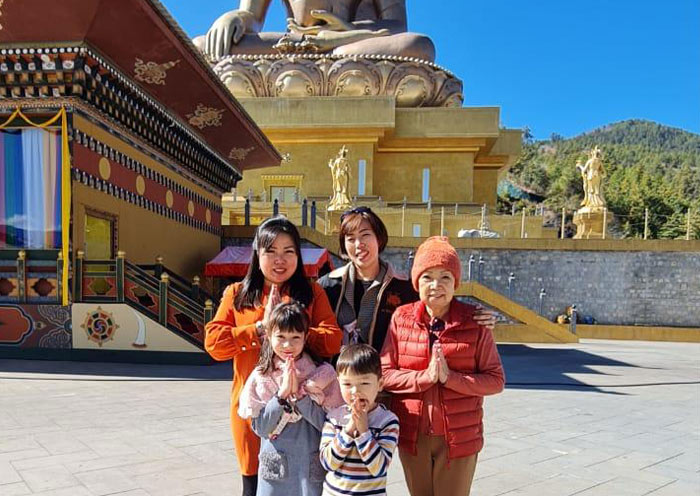
Spring’s blooming flowers add color to your trip, while autumn's crisp skies make mountain scenery extra memorable. Winter can be too cold in the hills, and summer’s rain may complicate travel — so these shoulder seasons strike the perfect balance.
Tip: Choose short hikes like the Tiger’s Nest (possible for older kids), and stay in lodges with space for families. Private guides and drivers make road trips more flexible and comfortable.
Best Time to Visit Bhutan for Honeymoon
Planning a honeymoon? Bhutan’s mix of mountain beauty, calm culture, and peaceful luxury makes it perfect for couples — especially during spring (Mar–May) and autumn (Sep–Nov).
Spring (March to May): Romantic & Lush
As Bhutan shakes off winter, valleys bloom with wildflowers and the hills turn green. The warmth is gentle, the views are soft, and the country feels full of promise — just like a new marriage. Perfect for romantic hikes, mountain picnics, and spa time in a boutique lodge.
Autumn (September to November): Clear & Intimate
For couples who love views and crisp air, autumn delivers. The skies open up, the Himalayas shine, and it's the best time to catch traditional festivals or wander hand-in-hand through Bhutan’s quiet dzongs and valleys.
Unmissable Honeymoon Moments:
- Private hike to Tiger’s Nest
- Hot-stone bath for two in a mountain resort
- Sunset from a Punakha rice terrace
- A luxury lodge stay with valley views
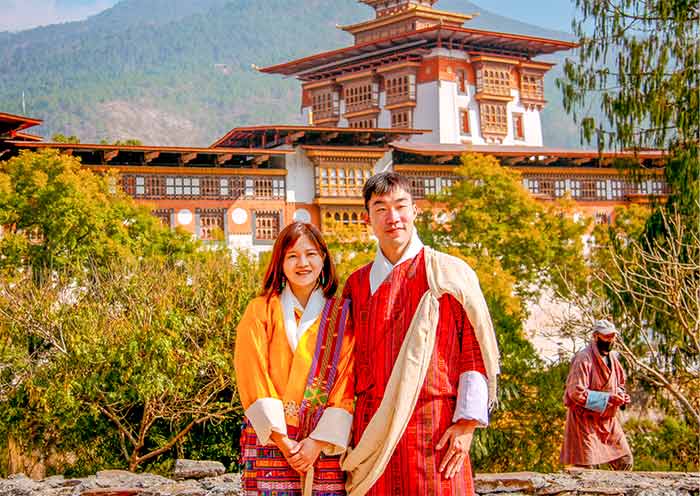
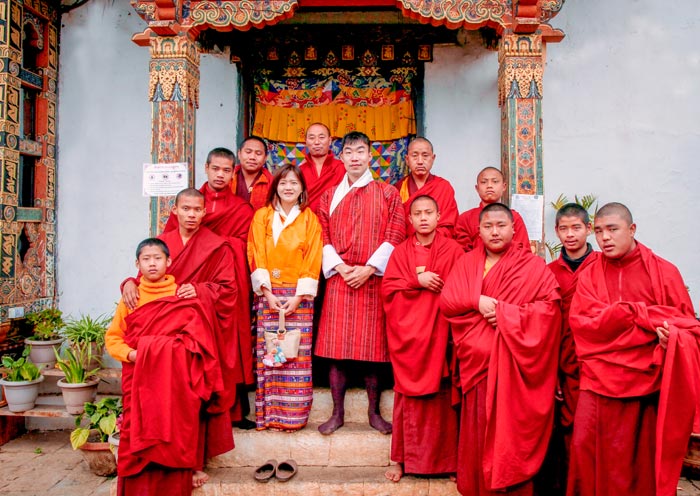
Best Time to Visit Bhutan for Trekking
Bhutan’s dramatic terrain is best explored on foot — and the best trekking months are March–May and late September–November, when the trails are dry, the skies are clear, and the weather is just right for long mountain days.
Autumn (Late Sep – Nov): For Serious Trekkers
This is peak trekking season, especially for high-altitude routes like the Snowman Trek or Jomolhari Trek. Skies are brilliant blue, air is crisp, and the mountains stand bold on the horizon.
Spring (Mar – May): For Scenic & Floral Treks
Prefer color and gentler conditions? Spring is when Bhutan’s trails explode with rhododendrons, magnolias, and alpine meadows. Lower-altitude treks like the Druk Path or Bumthang Owl Trek are ideal during this time.
Trekking Tips:
- Book early, especially for autumn treks — space is limited
- Go with a licensed tour operator (required by law)
- Dress in layers and bring rain gear — even good weather can turn
- Acclimatize before tackling high passes
Whether you’re out for serious altitude or a few scenic days, Bhutan in spring or autumn offers a trekking experience both rewarding and spiritual.
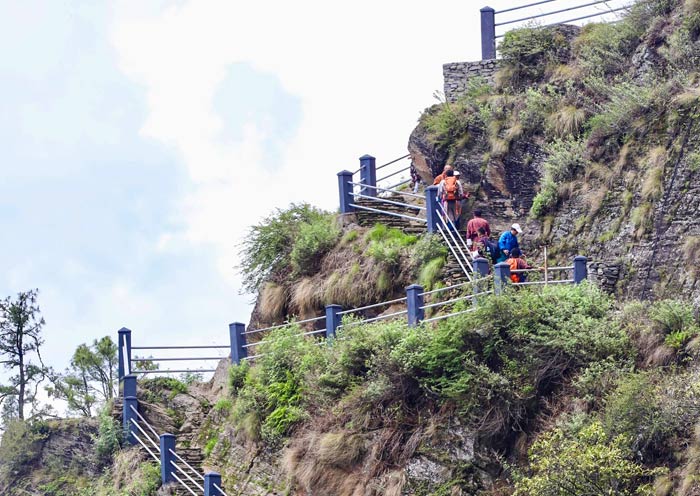
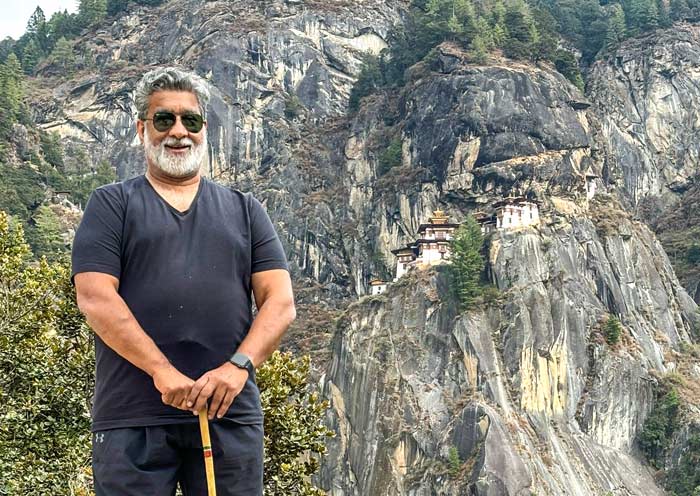
Bhutan Through the Four Seasons
Bhutan is beautiful all year round — but each season brings a different mood, landscape, and set of experiences. If you're flexible on travel style, or your schedule doesn't line up with peak season, here’s what to expect in each quarter of the year.
Spring (March to May)
Verdict: One of the Best Times to Visit
Bhutan wakes up in spring. The valleys bloom with rhododendrons, magnolias, and wildflowers, painting the hills in pinks, reds, and whites. The weather is comfortably warm (15–25°C), and skies are mostly clear.
It’s a perfect season for first-time visitors, families, photographers, and couples — especially if you enjoy nature and culture combined. You'll also catch major festivals like the Paro Tsechu.
Highlights:
- Blooming mountain trails
- Comfortable trekking conditions
- Colorful festivals and greenery
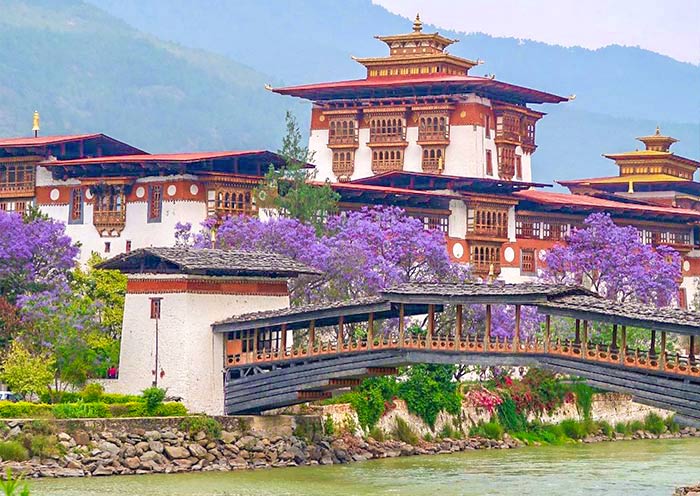
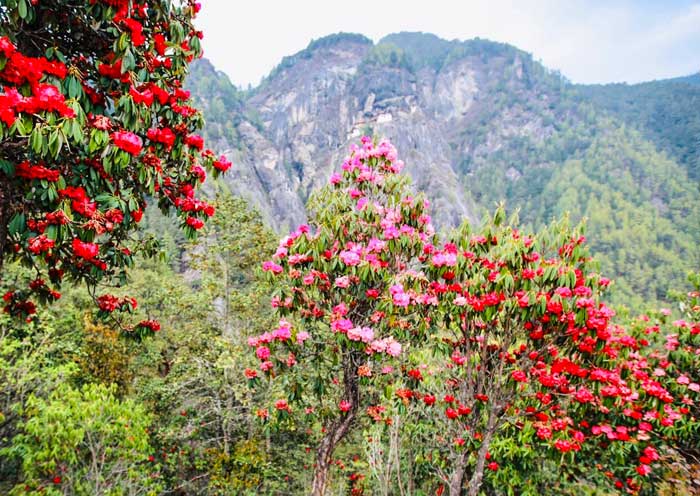
Summer (June to August)
Verdict: Lush but Wet — Good for Budget Travelers
This is Bhutan’s monsoon season, with frequent rain showers, especially in the south and central valleys. The countryside turns incredibly green and fertile, and rice paddies fill the landscapes with layers of emerald.
While some treks can be muddy or washed out, summer is a good time for relaxed cultural travel, photography, and quiet spiritual retreats. If you're fine with a bit of rain and want to avoid crowds, this is a peaceful, off-season window.
Pros:
- Fewer tourists, better prices
- Lush greenery and peaceful temples
- Great time for reading, spa retreats, or monastery visits
Watch out for:
- Road disruptions from landslides
- Limited visibility in the mountains
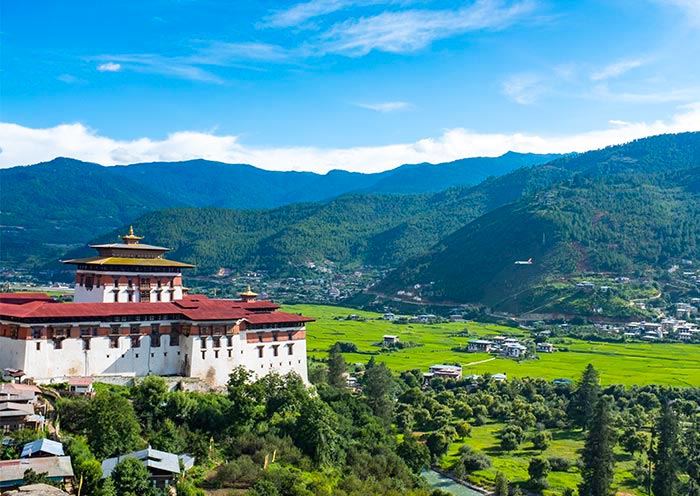
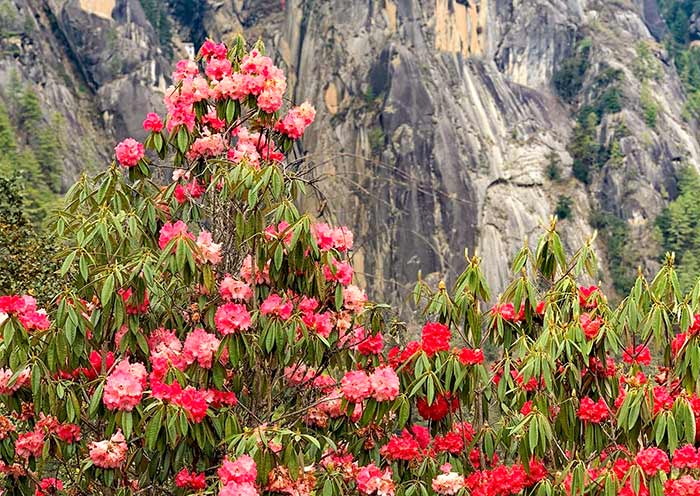
Autumn (September to November)
Verdict: Peak Travel Season — Can’t Go Wrong
Autumn is crisp, sunny, and spectacular. Post-monsoon skies are clear, making it the best time for panoramic Himalayan views. The air is fresh, farmers are harvesting, and the biggest festivals like Thimphu Tshechu are in full swing.
Whether you’re into trekking, sightseeing, or local culture, this season checks every box. That said, it's also the most crowded and expensive time — book accommodations and tours well in advance.
Highlights:
- Stunning views of snow-capped peaks
- Best season for long treks
- Vibrant cultural festivals
- Dry, mild weather (13–24°C)
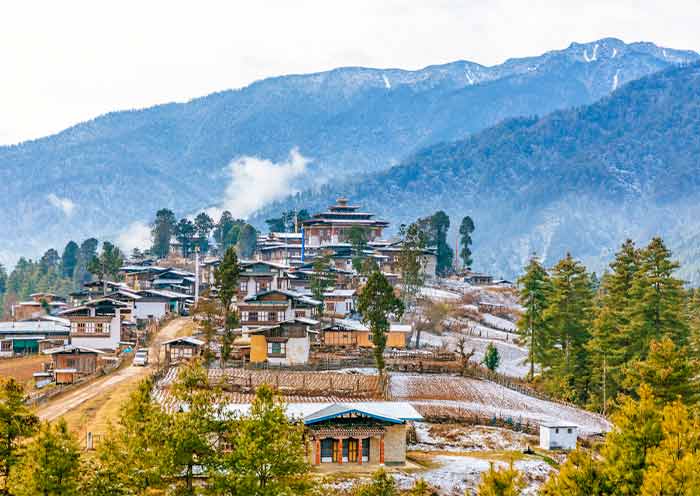
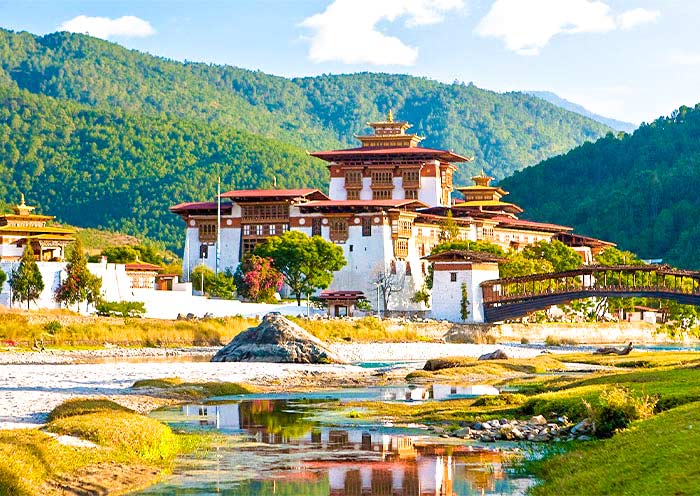
Winter (December to February)
Verdict: Quiet, Cold, But Worth Considering
Winter in Bhutan is cold but clear, especially in the mountain regions. The air is crisp and dry, and the skies are often bright blue. It’s not ideal for high-altitude trekking (passes may be snow-covered), but it’s great for budget travel, temple-hopping, and photography.
Some festivals still happen in winter, especially in Punakha and central Bhutan. And if you're lucky, you'll see snow in Paro or Thimphu, adding to the fairy-tale vibe.
Best for:
- Off-season adventurers
- Travelers who don’t mind chilly mornings (0–15°C)
- Cozy mountain lodge stays and peaceful dzong visits
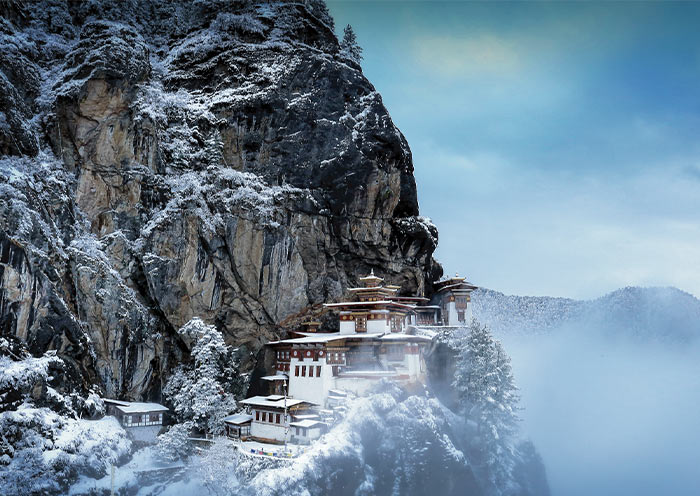
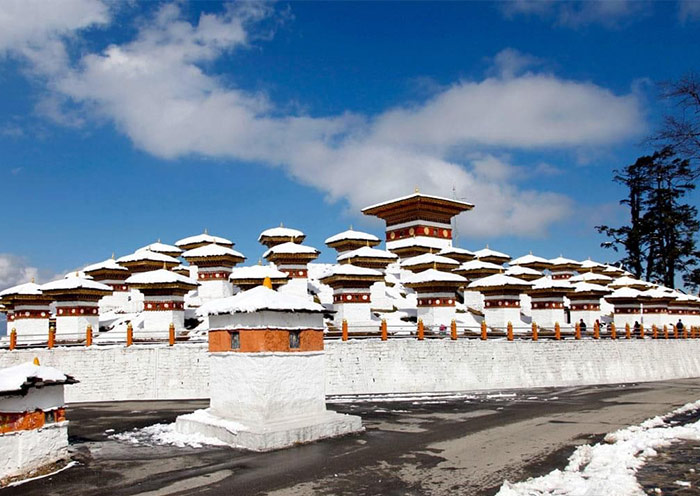
Festival Time in Bhutan: When Culture Comes Alive
One of the most magical reasons to visit Bhutan is for its Tsechus — vibrant religious festivals held at monasteries and dzongs across the country. These celebrations are a feast for the senses, filled with colorful masked dances, traditional music, and deep spiritual meaning.
Spring Festivals (March – May)
- Paro Tsechu (March or April): The biggest spring festival, held at the iconic Paro Dzong. Highlights include sacred cham dances and the unfurling of the giant thangka (religious scroll painting).
- Punakha Drubchen & Tsechu (Feb–Mar): A unique festival that reenacts ancient battles, complete with warriors in traditional armor. Held in the riverside Punakha Dzong, it's both spiritual and theatrical.
Spring festivals are ideal for travelers who want a lively cultural experience combined with flower-filled valleys and pleasant weather.
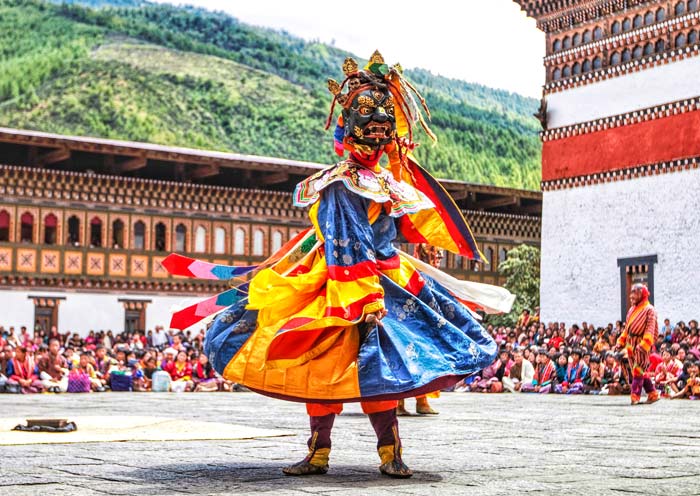
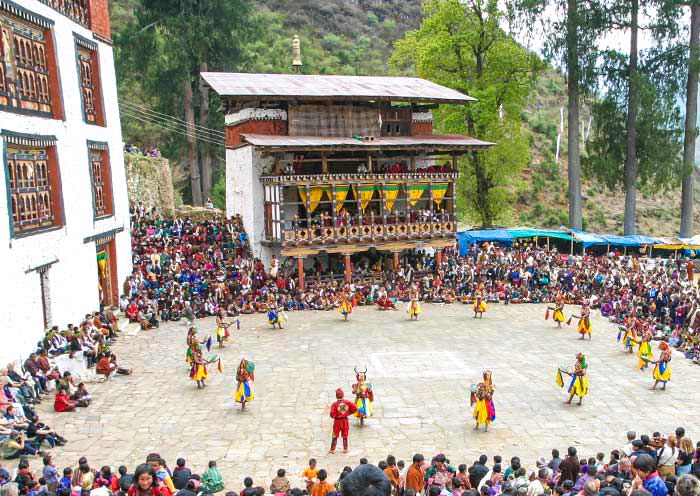
Autumn Festivals (September – November)
- Thimphu Tsechu (Sept–Oct): Bhutan’s largest and most popular festival, held at the capital’s Tashichho Dzong. Expect huge crowds, elaborate dances, and an energetic atmosphere.
- Wangdue Phodrang Tsechu (Sept): Smaller than Thimphu but just as rich in tradition, often combined with a visit to the nearby Gangtey Valley.
- Jambay Lhakhang Drup (Oct–Nov): A mystical celebration in Bumthang that includes fire rituals and even a famous midnight naked dance (yes, really — but it’s sacred!).
Autumn festivals are perfect for those who want clear skies, mountain views, and Bhutanese pageantry at its finest.
Tips for Festival Travel
- Plan early — Hotels and tours get booked out months in advance, especially for Paro and Thimphu Tsechus.
- Dress modestly — Respectful attire is expected at religious sites and events.
- Go with a guide — A local guide will help you understand the meanings behind each ritual and dance.
- Come with curiosity — These aren’t just performances — they’re spiritual events meant to bless the audience and protect the land.
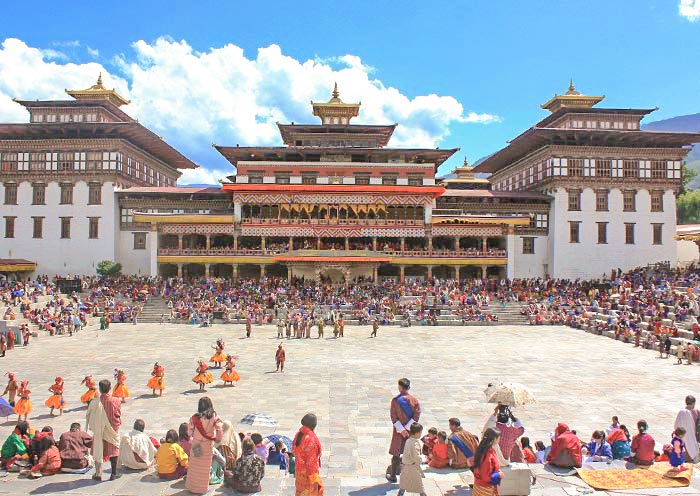
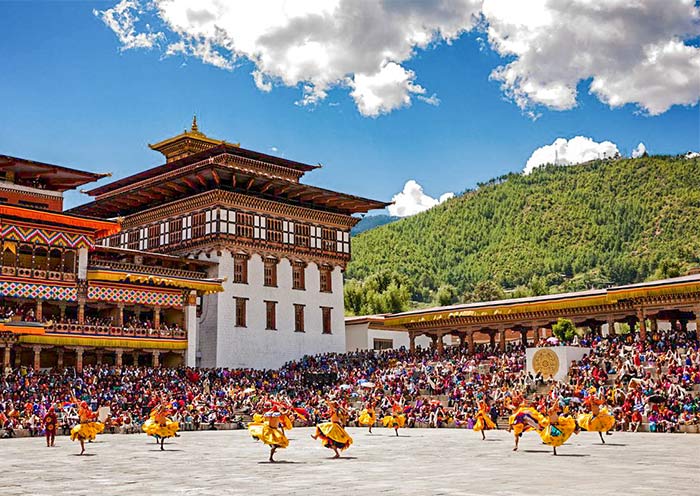
Bhutan Average Temperature by Month
The temperature in Bhutan can vary depending on the region and season. Here is the Bhutan average temperature of the five main tourist areas by month:
| Month | Paro | Thimphu | Punakha | Gangtey | Bumthang |
|---|---|---|---|---|---|
| Jan | -6 - 8°C (21 - 46°F) |
0 - 10°C (32 - 50°F) |
4 - 16°C (39 - 61°F) |
-4 - 6°C (25 - 43°F) |
-5 - 10°C (23 - 50°F) |
| Feb | -2 - 10°C (28 - 50°F) |
0 - 12°C (32 - 54°F) |
4 - 16°C (39 - 61°F) |
-4 - 9°C (25 - 48°F) |
-5 - 5°C (23 - 41°F) |
| Mar | 4 - 14°C (39 - 57°F) |
3 - 16°C (37 - 61°F) |
7 - 20°C (45 - 68°F) |
0 - 11°C (32 - 52°F) |
-1 - 10°C (30 - 50°F) |
| Apr | 4 - 18°C (39 - 64°F) |
3 - 20°C (37 - 68°F) |
8 - 22°C (46 - 72°F) |
1 - 16°C (34 - 61°F) |
-1 - 16°C (30 - 61°F) |
| May | 10 - 20°C (50 - 68°F) |
10 - 22°C (50 - 72°F) |
14 - 26°C (57 - 79°F) |
5 - 18°C (41 - 64°F) |
3 - 18°C (37 - 64°F) |
| Jun | 14 - 22°C (57 - 72°F) |
13 - 24°C (55 - 75°F) |
17 - 28°C (63 - 82°F) |
8 - 20°C (46 - 68°F) |
7 - 21°C (45 - 70°F) |
| Jul | 15 - 24°C (59 - 75°F) |
15 - 26°C (59 - 79°F) |
19 - 29°C (66 - 84°F) |
10 - 22°C (50 - 72°F) |
10 - 23°C (50 - 73°F) |
| Aug | 15 - 23°C (59 - 73°F) |
15 - 25°C (59 - 77°F) |
20 - 29°C (68 - 84°F) |
9 - 21°C (48 - 70°F) |
10 - 22°C (50 - 72°F) |
| Sep | 12 - 22°C (54 - 72°F) |
12 - 24°C (54 - 75°F) |
18 - 28°C (64 - 82°F) |
7 - 19°C (45 - 66°F) |
8 - 21°C (46 - 70°F) |
| Oct | 7 - 20°C (45 - 68°F) |
7 - 21°C (45 - 70°F) |
14 - 26°C (57 - 79°F) |
2 - 17°C (36 - 63°F) |
1 - 19°C (34 - 66°F) |
| Nov | 1 - 16°C (34 - 61°F) |
0 - 18°C (32 - 64°F) |
8 - 22°C (46 - 72°F) |
-3 - 14°C (27 - 57°F) |
-4 - 16°C (25 - 61°F) |
| Dec | -2 - 12°C (28 - 54°F) |
-1 - 14°C (30 - 57°F) |
4 - 18°C (39 - 64°F) |
-5 - 11°C (23 - 52°F) |
-6 - 13°C (21 - 55°F) |
Check more information and activities about Bhutan Weather >>
Explore Bhutan with Local-based Asia Odyssey Travel
Asia Odyssey Travel is a local-based travel agency that offers Bhutan Group Tours and customized tours in Bhutan. Our team of experienced local guides ensures that you have an immersive and insightful journey, sharing our deep understanding of Bhutanese culture, history, and spirituality.
Bhutan, known as the "Land of the Thunder Dragon," is a captivating destination with its stunning landscapes, ancient monasteries, and rich Buddhist traditions. Asia Odyssey Travel can help you discover the highlights of Bhutan, including Paro, Punakha, Thimphu, Bumthang, and Gangtey.
Whether you're interested in trekking through pristine mountain trails, participating in vibrant festivals, or exploring remote villages, Asia Odyssey Travel can tailor Bhutan Trekking Tour and Bhutan Festival Tour itineraries to suit your preferences.
Embark on a memorable journey through Bhutan with Asia Odyssey Travel and immerse yourself in the enchanting beauty and traditions of this unique Himalayan kingdom.
If you have any questions about this article, please contact us by submitting the following form and we'll immediately get back to you.


